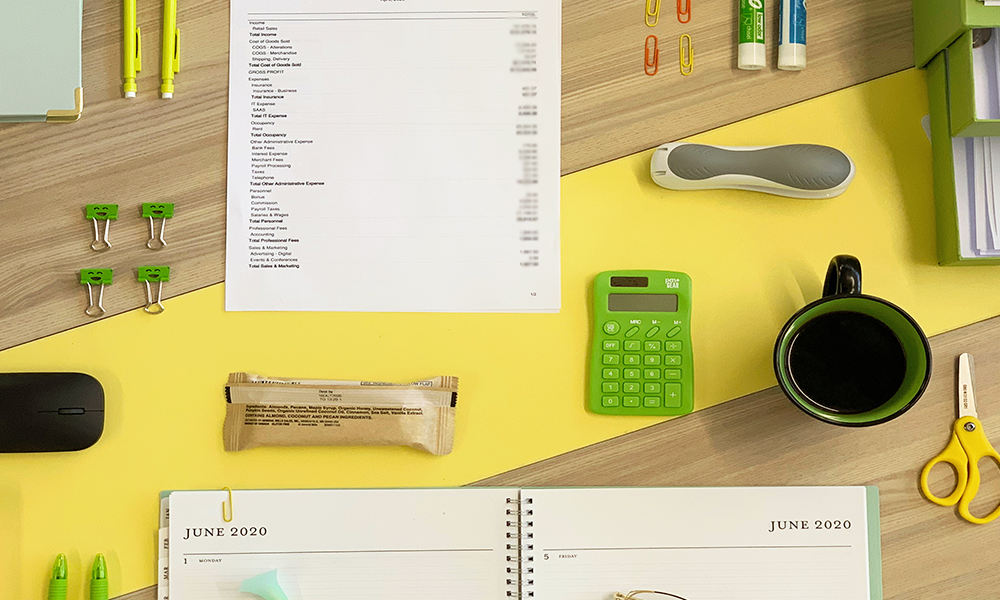Collecting money is a challenging part of any business. By creating an organized process for collecting on aging invoices, you can maintain your payment schedule and be clear and professional with customers who are running behind. Here is our recipe for a professional way to collect customer payments on late invoices. Bon appetit!
Before we get cooking, here are a few helpful tips:
- Keep an eye on upcoming due dates. Ask your accountant for updated Accounts Receivable listings so you know who owes you what.
- Always be friendly and professional. Clients will tell their friends about services that are good or bad. It’s important to keep these relationships positive.
- Write email templates for reminders, but always add a personal touch.
If you’re hungry for a taste of the best process for collecting past due accounts receivable, let’s get cooking!
Collecting Money from Your Customers
Essential Ingredients:
- Invoice
- Accounts Receivable aging report
- Customer’s email address
- Customer’s phone number
Optional Ingredients:
- A pleasant customer service voice
- Pre-written email templates
- A quiet room for phone calls
Directions:
- Before the due date, send the customer invoice along with a friendly reminder of the due date.
- 5 days after the due date, send a friendly reminder that the bill is past due and ask if there are any issues the customer is facing that could prevent them from paying their bill. If there are, you can negotiate a new payment schedule you are both comfortable with.
- If you couldn’t come to a conclusion, or you didn’t receive an answer, call the customer five days after the email to remind them again that their bill is past due. If they don’t answer, leave a voicemail. Just remember to keep it friendly.
- Five days later, reach out to the client via phone for a conversation with them. What is preventing them from paying you? Maybe there is a way to work it out.
- If the client does not respond after a week, let them know that they have one week before you will take them off of the customer list. Keep an eye on customer payment trends and create a blacklist if necessary. Hopefully it won’t come to that, but sometimes it might. And that is okay.
Pretty Books is constantly experimenting in the kitchen to bring you helpful recipes you can implement into your business. While there are tons of ways to prepare these processes, we believe that this one is the best. Enjoy!
Share this article




